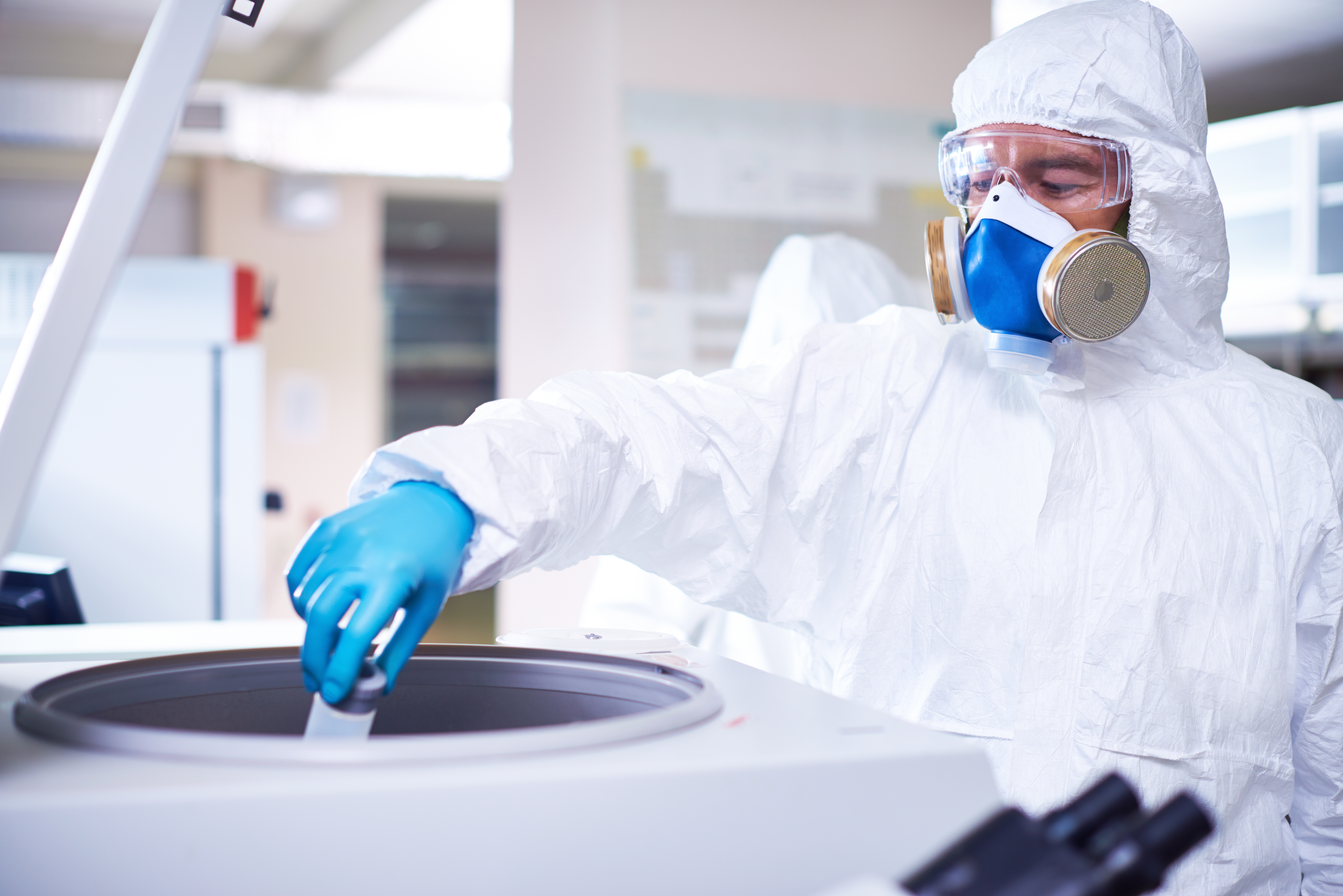Surgical Gowns, Protective Gowns, Isolation Gowns: Materials, Standards, Wearing Characteristics and Application Scenarios
In the medical field, surgical gowns, isolation gowns and protective gowns are the three most common types of personal protective equipment (PPE). They perform important functions such as infection control, fluid protection, and maintenance of a sterile environment. The three are similar in function, but different from each other. In this article, we will explore the differences between these three types of protective equipment in a variety of ways in order to achieve precise application in specific scenarios.
Surgical Gowns
Surgical gowns are protective garments designed for medical surgeries to create a barrier between the patient and the medical staff, which can reduce the risk of infection during the surgery and provide two-way protection.
1.Features
(1) Material
Made of non-woven fabric or other waterproof materials with a certain degree of breathability and comfort to meet the needs of prolonged wear during surgery.
(2) Wearing characteristics
Designed with a lace-up back and a highly protective front. The inner part of the garment in contact with the doctor's body is regarded as a clean area, and the outer part in contact with blood and body fluids and the patient is regarded as a contaminated area. Gowns are usually donned with the help of a nurse to ensure sterility.
(3) Standards
EN 13795 (European standard), AAMI PB70 (American standard)
These standards address various aspects of surgical gowns such as material barrier, mechanical properties, anti-static, microbial permeability, etc.
2.Application Scenarios
Surgical gowns are widely used in operating theatres and in situations where a sterile environment is required, such as surgical procedures and interventional therapy.

Protective clothing
Protective clothing has a high level of protection, which is used to prevent harmful chemicals, gases, liquids or microorganisms. It is mainly used in high-risk environments that require full body protection for healthcare workers, and belongs to unidirectional isolation.
1.Features
(1) Material
Mostly high-density polyethylene, polypropylene and other chemical protective materials, with excellent resistance to penetration, chemical resistance and abrasion resistance.
(2) Clothing features
One-piece design, covering the whole body, including the head, body and limbs. To ensure seamless whole-body, it needs to be completely sealed from feet to head when wearing Protective clothing is often used in conjunction with gloves, masks and protective eyewear to achieve comprehensive protection. Depending on the environment, the suits are disposable or reusable.
(3) Standards
EN 14126 (European standard for garments used for biological protection), ISO 16603 and 16604 (test standards for resistance to the permeability of blood and body fluids)
These standards make specific provisions for the mechanical properties, liquid barrier properties and anti-static properties of protective clothing to ensure that the protective clothing can effectively block harmful substances.
2.Application Scenario
Protective clothing is widely used in high-risk industries to protect the wearer from external pollutants (e.g. viruses, bacteria, chemical substances), such as the prevention and control of infectious diseases, chemical laboratories, the pharmaceutical industry, the nuclear industry and so on.
l Exposure to Class A or Class A genetic diseases
l Exposure to infectious atypical pneumonia in Category B infectious diseases, pulmonary anthrax in anthrax, and human infection with highly pathogenic avian influenza
l Exposure to suspected confirmed SARS, Ebola, MERS, H7N9 avian influenza patients

Isolation Gowns
Isolation gowns are mainly used to avoid the wearer from being infected by blood, body fluids and other infectious substances. They belong to two-way isolation, which can prevent cross-infection between healthcare workers, patients and the environment.
1.Features
(1) Material
Made of lightweight non-woven fabric, with certain waterproof and anti-pollution ability.
(2) Clothing features
Back-opening design, easy to cover most of the clothing and exposed skin. The cuffs are usually elasticated to prevent liquid from seeping through the cuffs. Isolation gowns are easy to put on and are often disposable to ensure that cross-contamination is avoided.
(3) Standards
AAMI PB70 Level 1-4 (American standard for defining the level of protection of medical isolation garments)
These standards define the level of protection of isolation gowns from low-risk to high-risk.
2.Application Scenarios
Isolation gowns are commonly used in wards, isolation wards, laboratory departments and other medical settings, especially during epidemics of infectious diseases, to isolate patients or suspected infected persons.
l Contact with patients with infectious diseases transmitted by contact, patients with multi-drug-resistant bacteria.
l Protective isolation of patients with extensive burns, bone marrow transplantation, etc.
l Possible contact with patients' blood, body fluids, secretions and excretions.
l Entering key departments such as ICU, NICU, protective wards
Surgical gowns focus on the sterile environment of the operating theatre, while protective gowns target a variety of potentially hazardous substances, and isolation gowns are primarily used to prevent the spread of infection. Understanding these differences is critical to the effective selection and use of protective equipment to better safeguard healthcare workers and patients.


